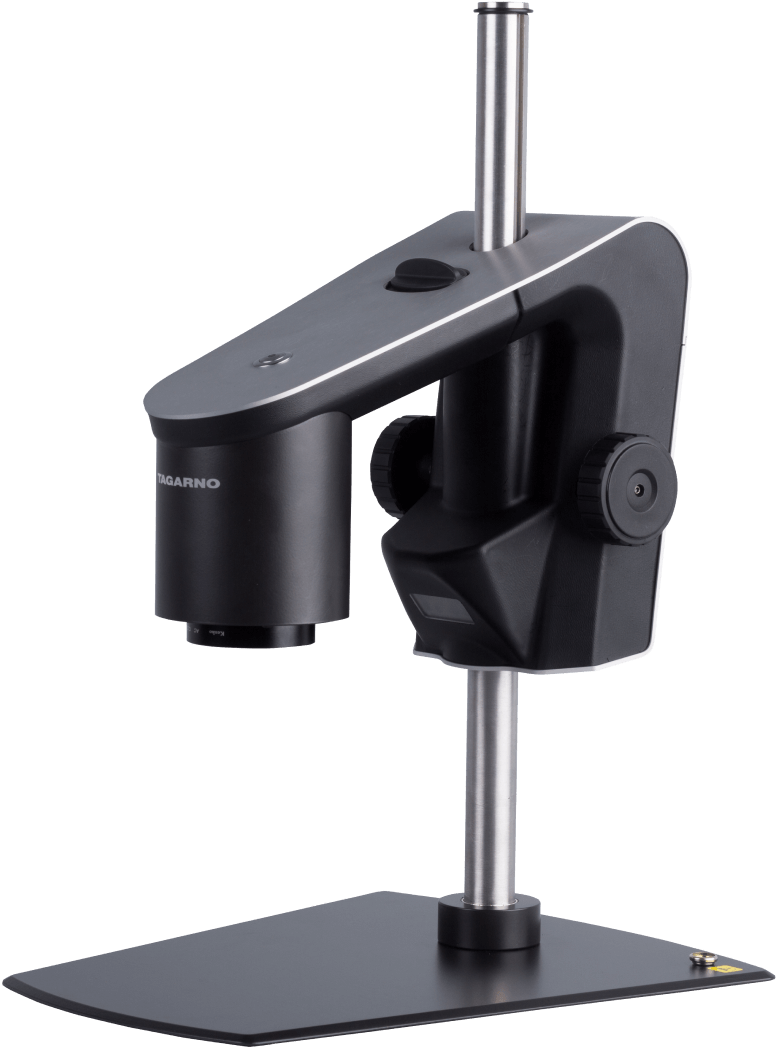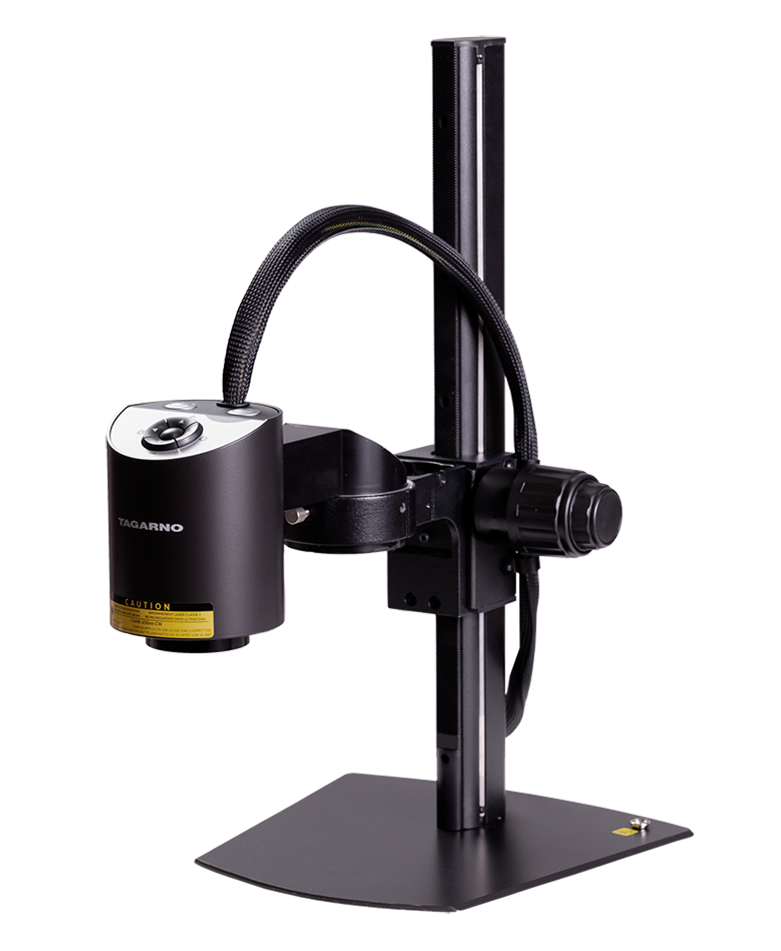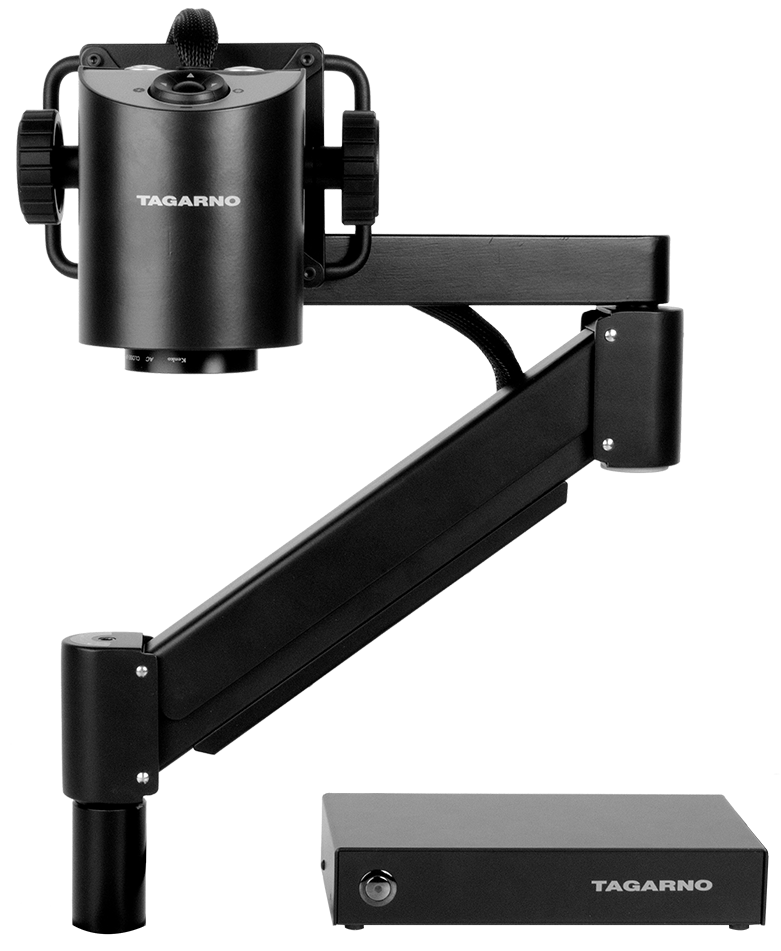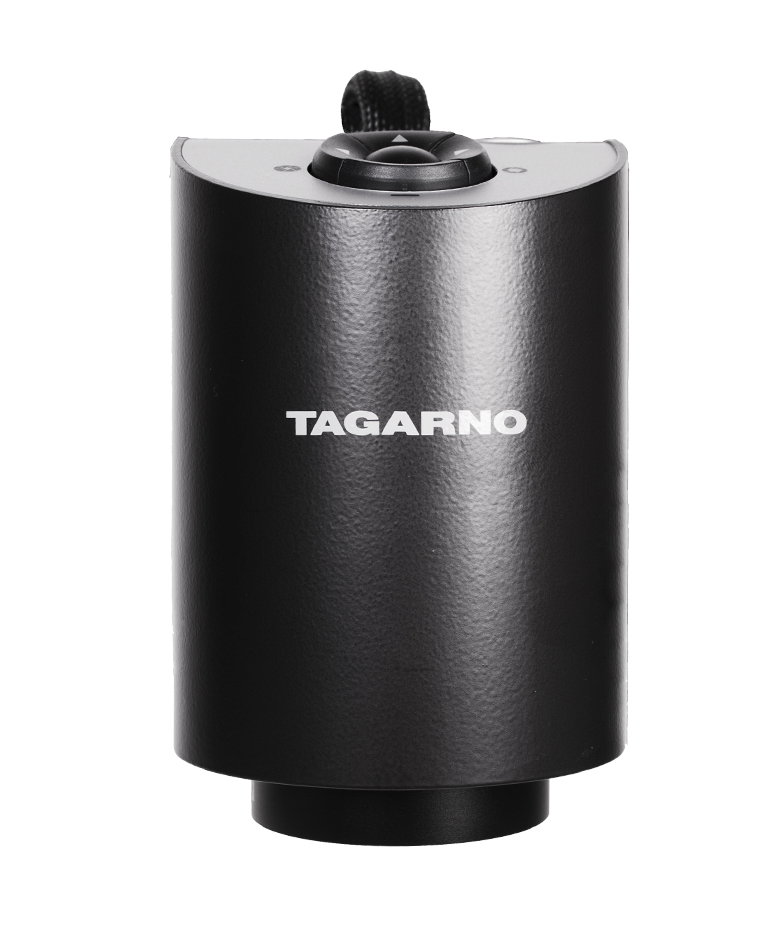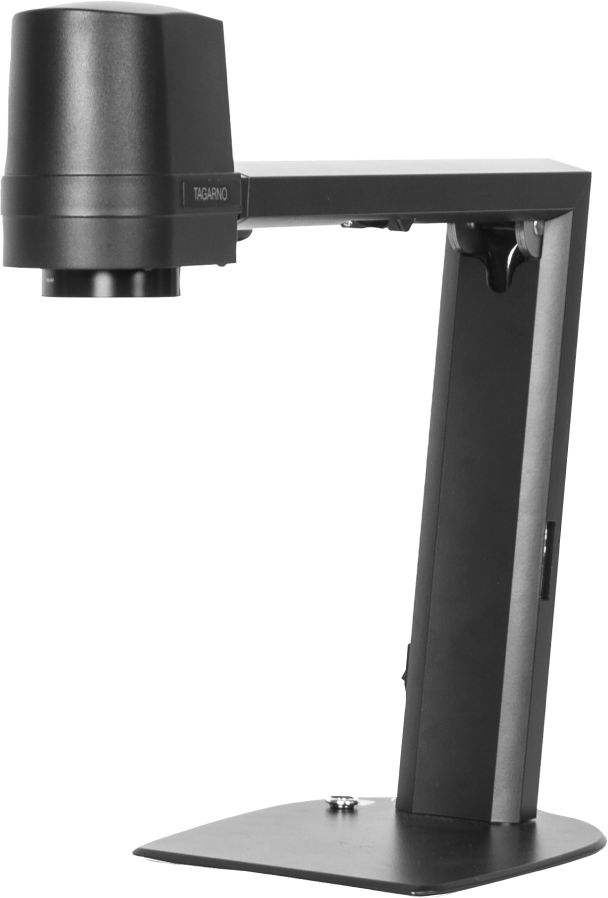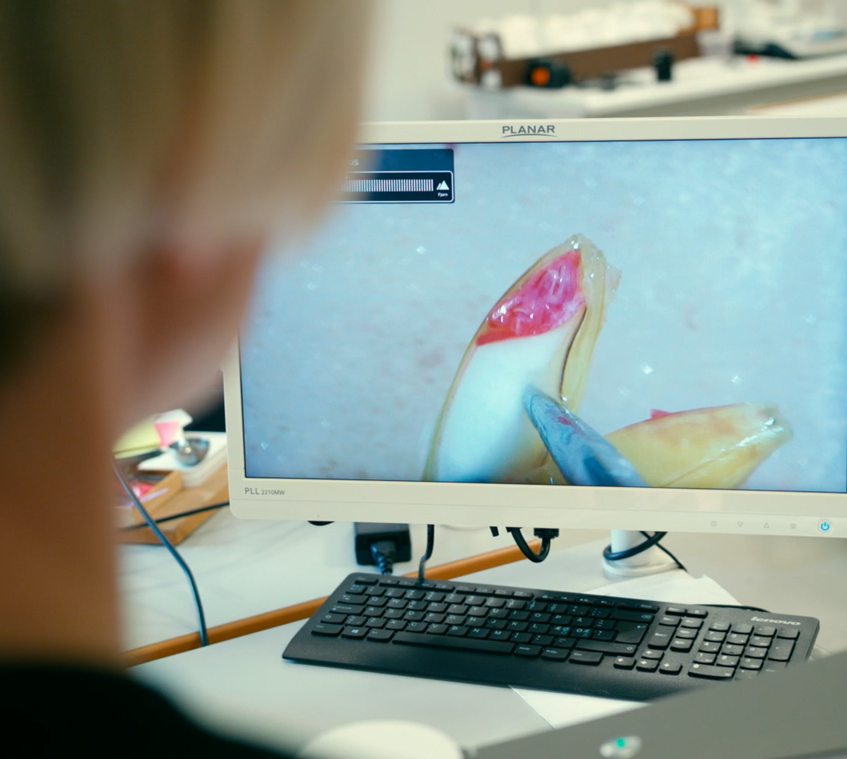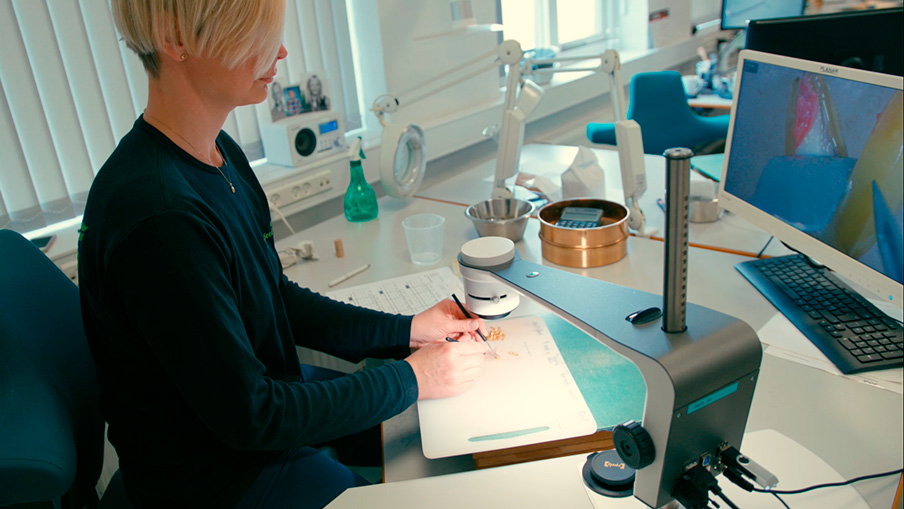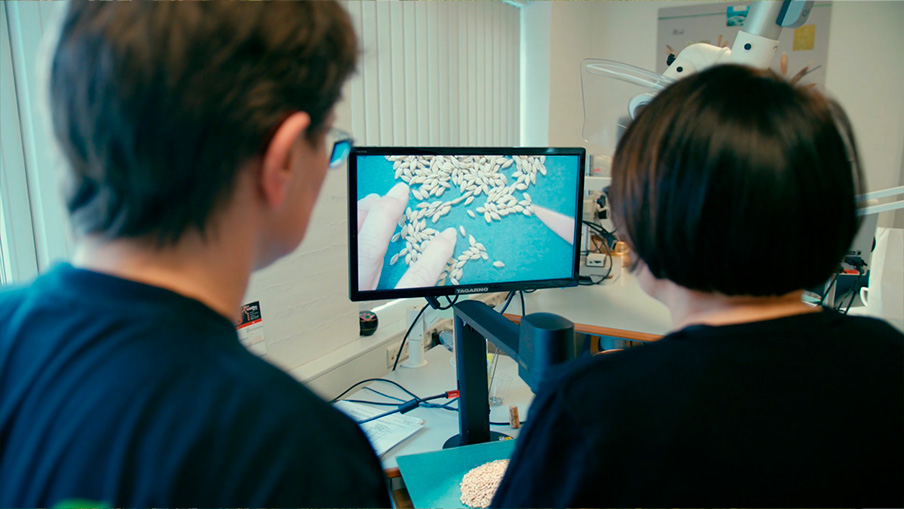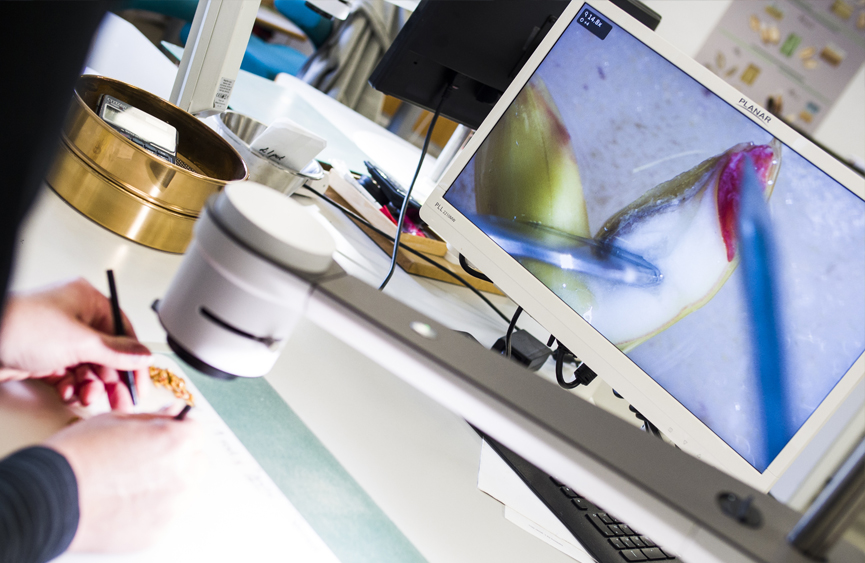For processes such as Purity determination, Germination capacity testing and Variety identification, we know the devil is in the details. Being able to clearly tell wheat from rye, spot impurities, check the seed coating and document your finding is crucial.
We also know that seed testing is an extremely specialized field that requires extensive training and guidance from colleagues.
For that reason, having a magnification tool with excellent image is not enough. To use a microscope in agriculture, you also need a magnification tool that:
- Promotes collaboration and training between colleagues
- Can capture photos of your work easily
- Is comfortable to use for hours every single day
- Can be customized with features and software that match your processes specifically
